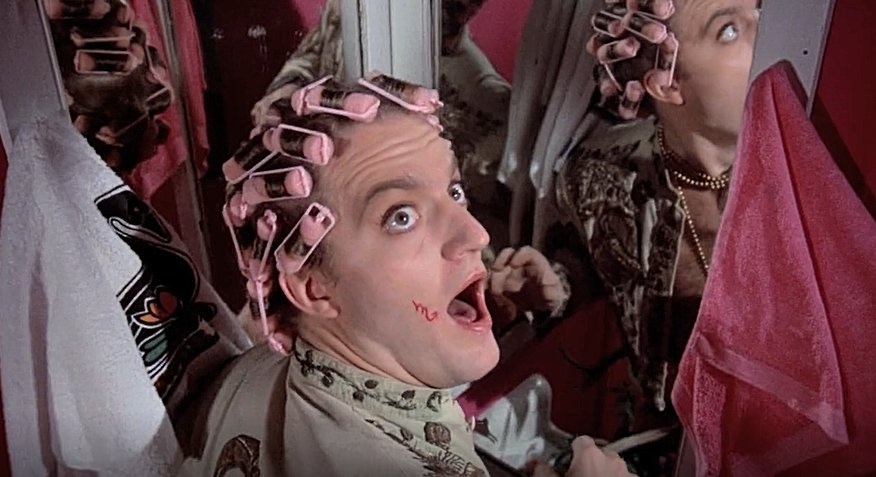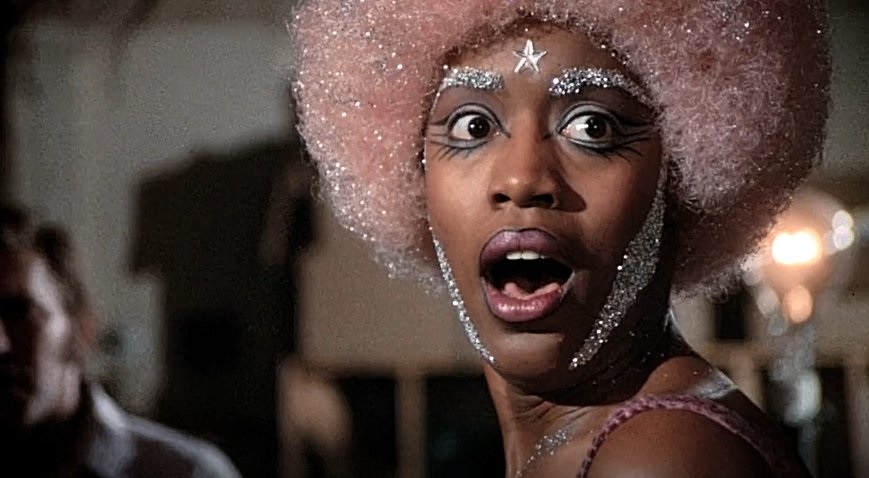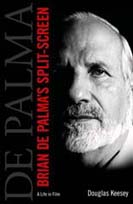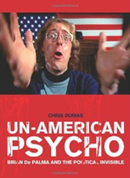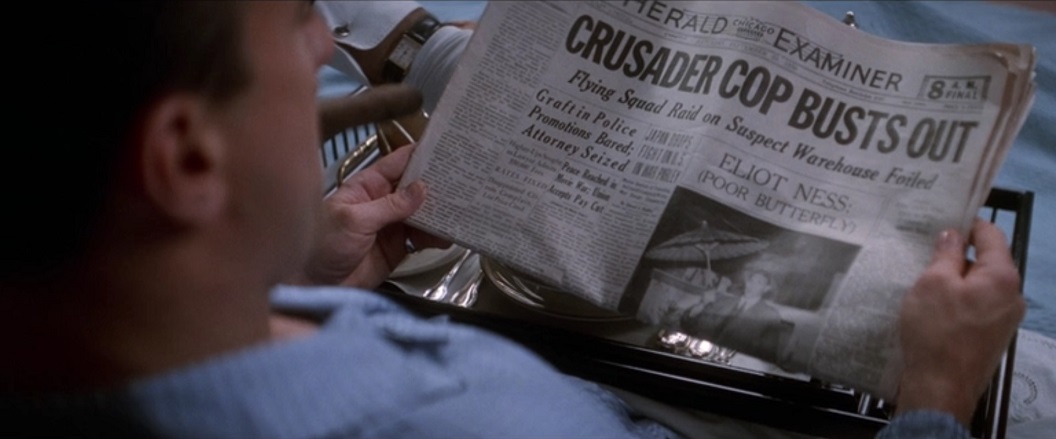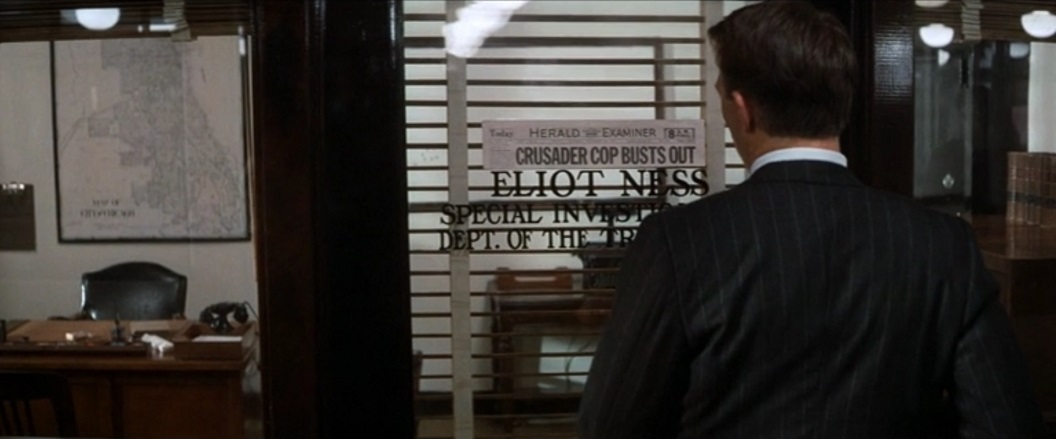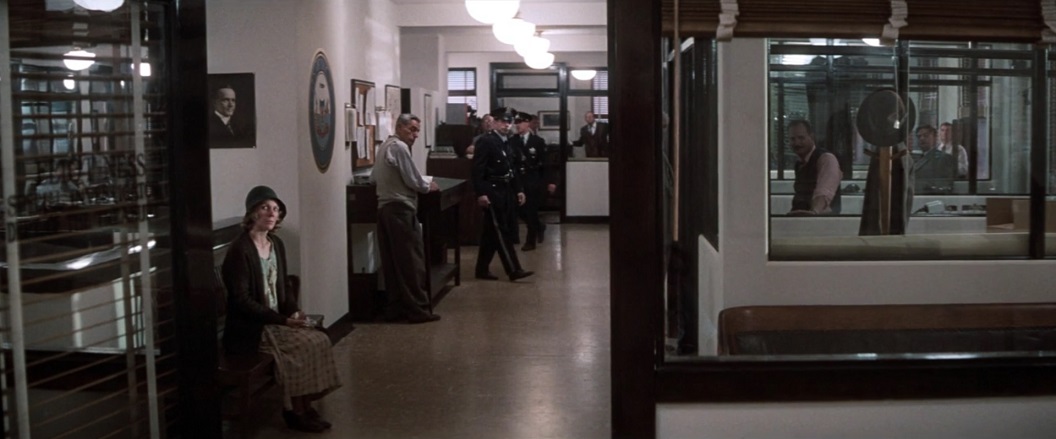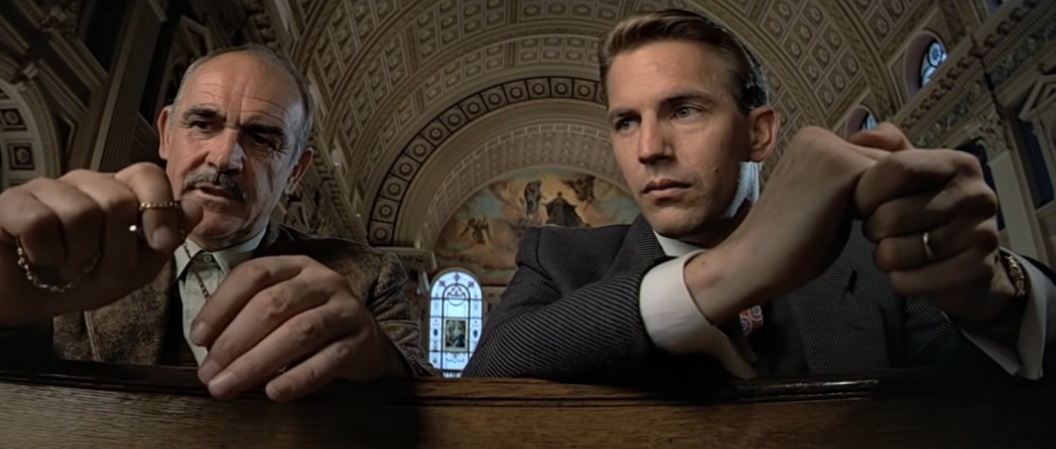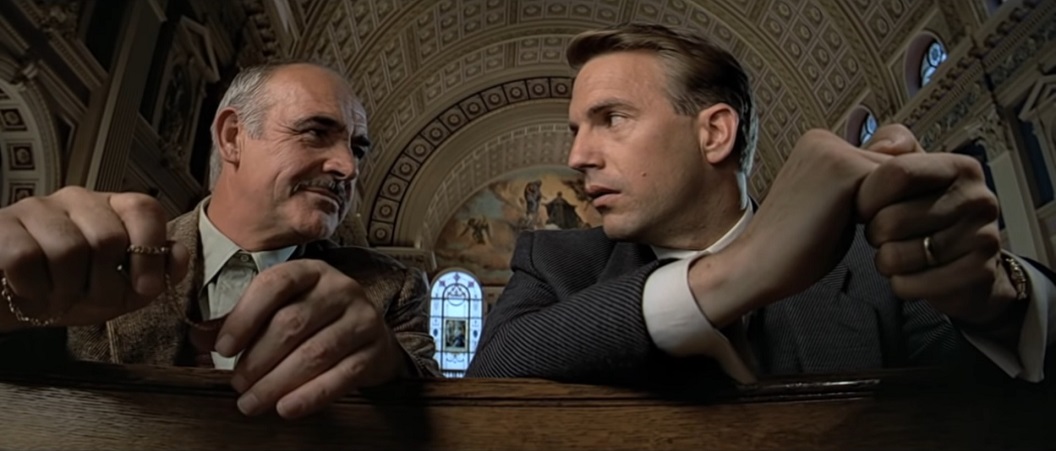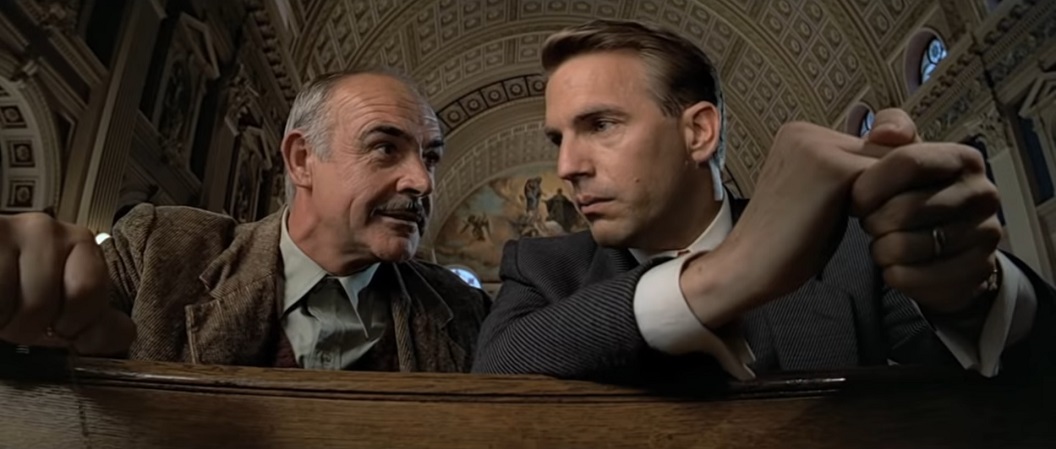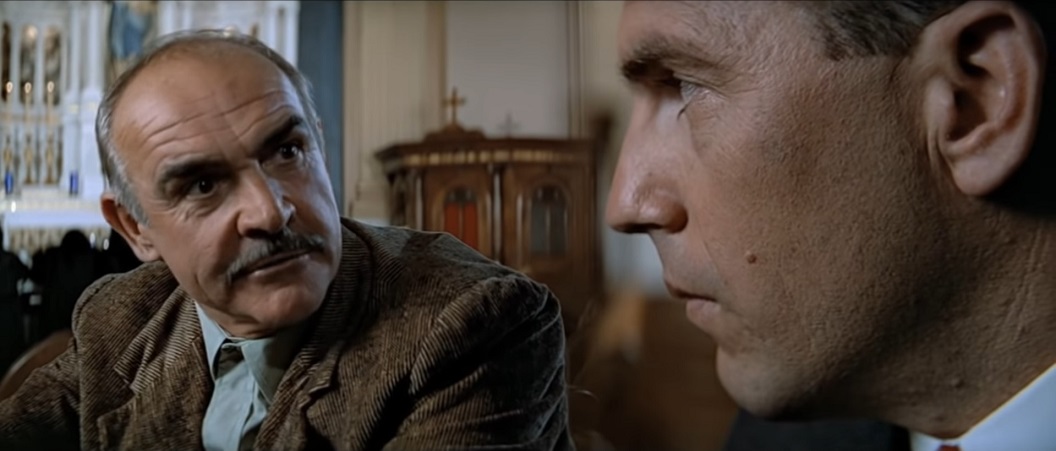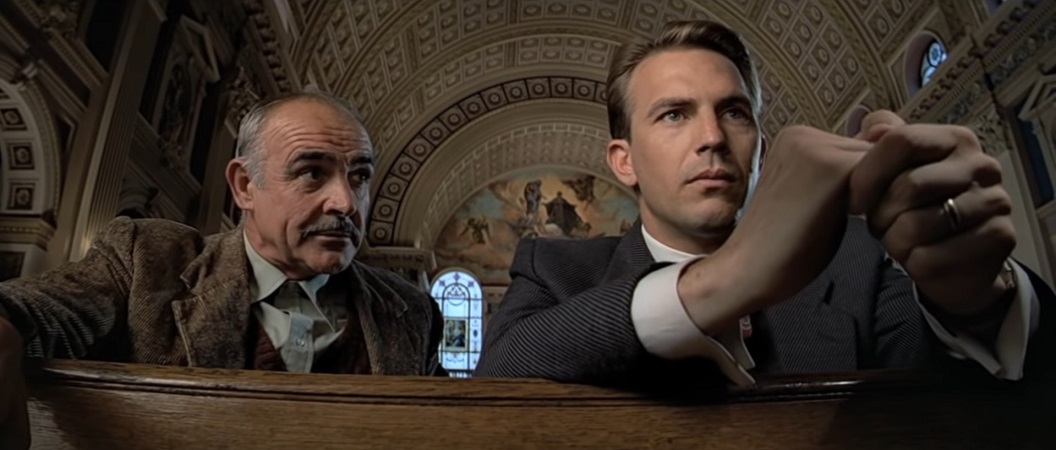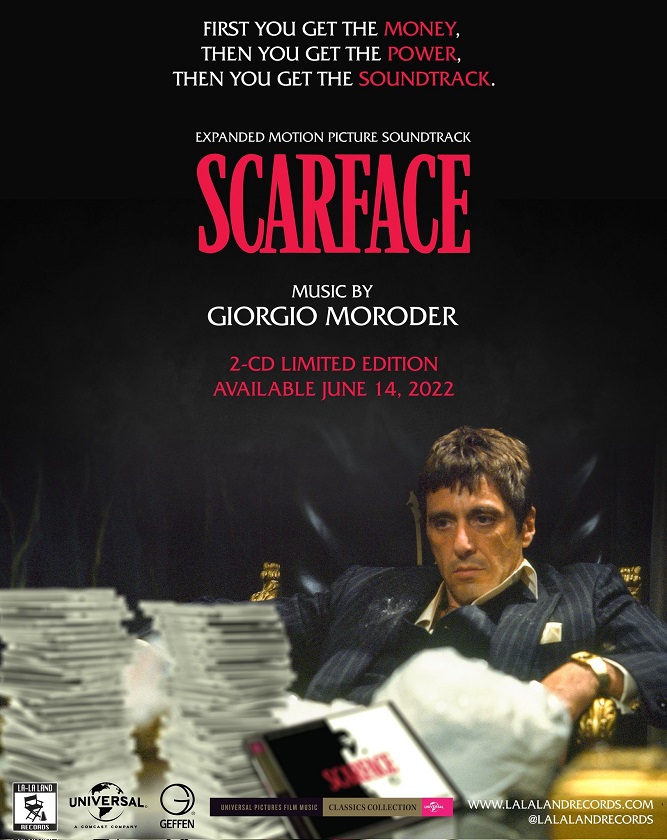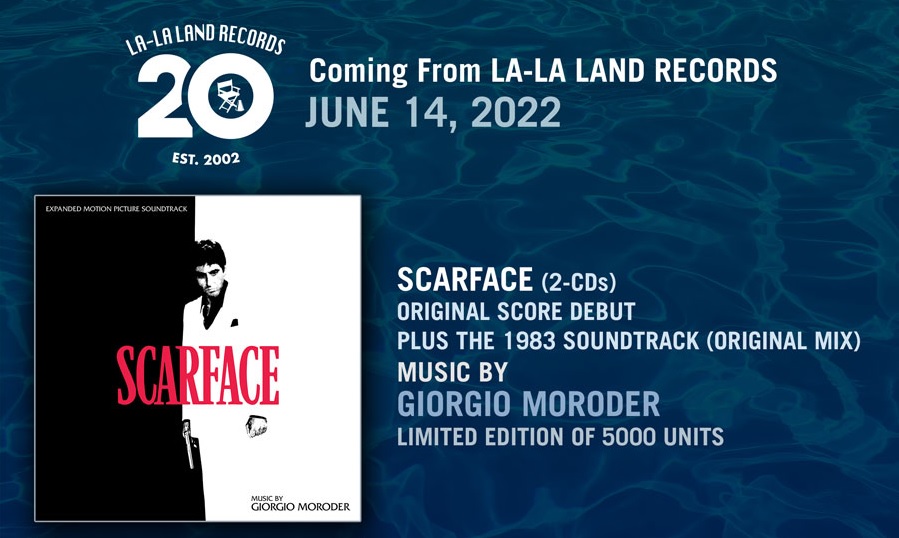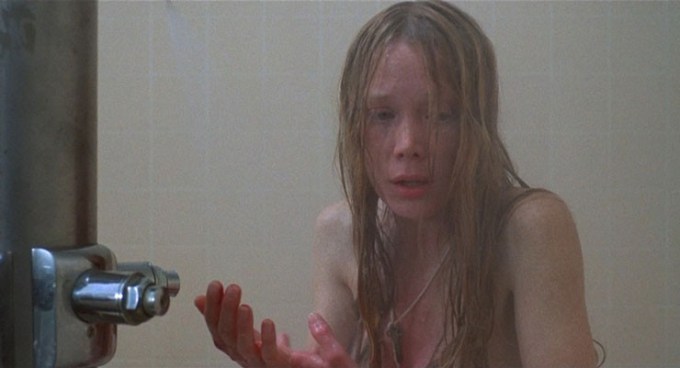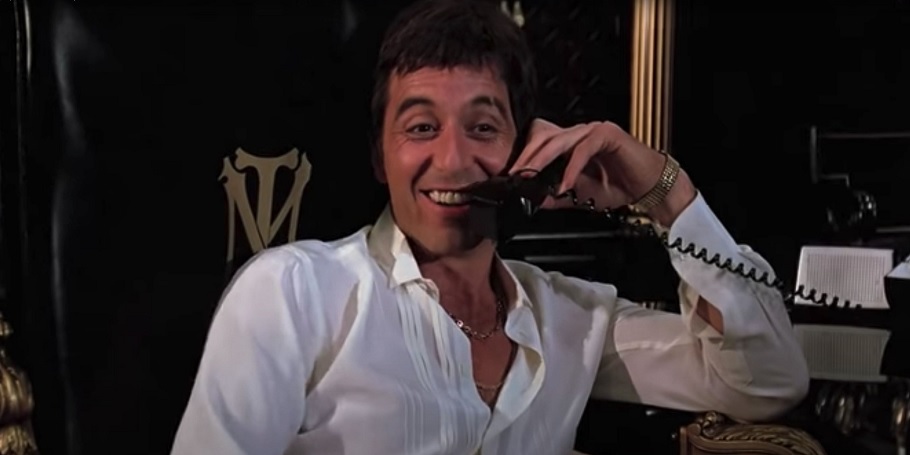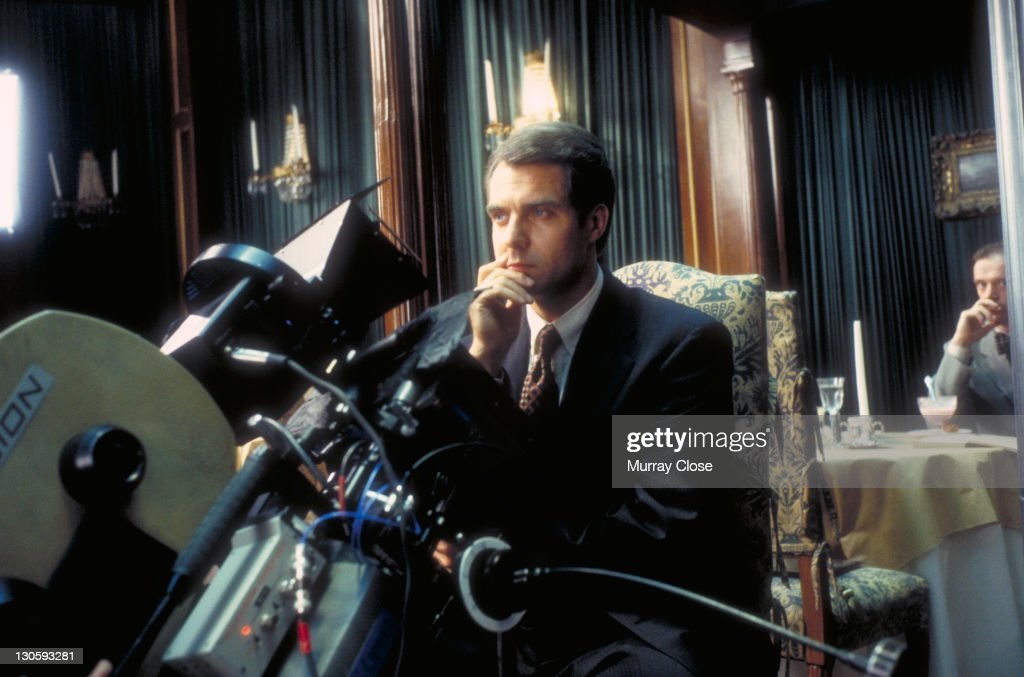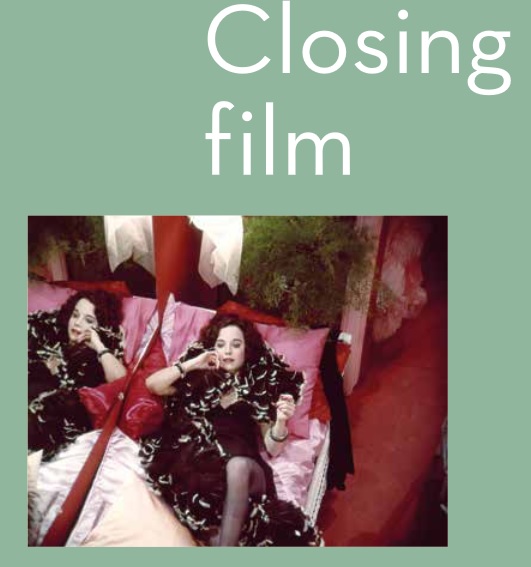CHOREOGRAPHER PHILIPPE DECOUFLE'S NEW SHOW 'STEREO' INSPIRED BY 'PHANTOM', 'STOP MAKING SENSE', 'GROUNDHOG DAY'
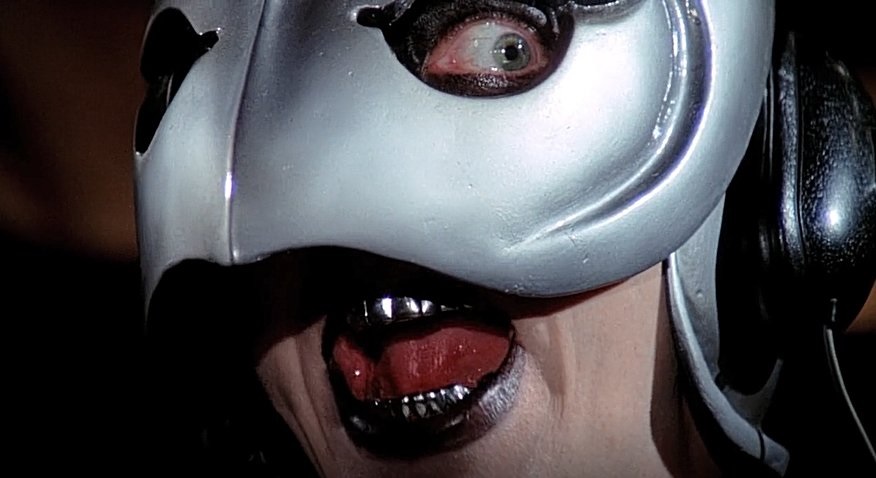
"Caught in flight during the rehearsal of Stereo, his new rock show dripping with rhinestones, the creation of which opens the Montpellier Danse festival on Friday June 17, Philippe Decouflé, a leading personality on the contemporary scene since the 1980s, displays a leaping form." So begins an article by Le Monde's Rosita Boisseau. Eventually, Boisseau asks Decouflé about his inspirations for Stereo. Here's an excerpt, with help from Google Translate:
“Stereo” is first and foremost a danced rock concert. Is this a return to basics?Yes, probably a little. Among my first spectacular shocks, there are concerts of Kid Creole and the Coconuts or B-52s and Talking Heads. I also remembered a show by American choreographer Karole Armitage called Drastic Classicism, which was punk and rock. I also share this passion for rock with my daughter Louise, who is a bassist, with whom I am collaborating for the first time. I created a trio around her composed of guitarist Arthur Satan and drummer Romain Boutin. Together, we chose standards like Oh! Darling, by the Beatles, or even Get It on, by T. Rex, but new songs have also been composed. And, of course, we play with the clichés of rock but also pop, disco.
What was your working method for “Stereo”?
I started from the music and started to imagine situations on it, overall pictures or a sequence written especially for a dancer. But, in general, the dance and the music work together and we no longer know who triggers what at a given moment. As I was immobilized for weeks due to a broken leg, I designed quite a few moves from and on the performers.
You have worked since your beginnings with loyal collaborators. You like to say that performers are irreplaceable. How did you meet the new performers who are in “Stereo”?
I am lucky to be surrounded by an exceptional team. We've all known each other for years. For Stereo, I find the set designer Jean Rabasse and the costume designer Philippe Guillotel, who were at the heart of the ceremonies of the Albertville Olympic Games that I choreographed in 1992. And there is also with me Olivier Simola for the video, Alexandra Naudet, who assists me with the choreography, and Begoña Garcia Navas in the light. Their trust is very important. I met two new performers during an audition. There were a lot of dancers and I plugged everyone into a 220 volt socket to see which ones lit up the strongest. We are going to spend two or three years together for the Stereo tour and it is better that it works between us.
Finally, your artistic trajectory is also a collective adventure…
Yes of course ! Alone, I would never have done anything. If I have ideas, they are then transformed and embodied by the dancers and my team. I am a kind of guide, I channel them. I feed them and they feed me reciprocally. I consider each of my partners as a specific color on a palette and their mixture creates emotions that allow the show to take shape.
Dance, circus and theatre, through the presence of the actor Baptiste Allaert, blend together here as in most of your plays. What issues does this braiding of techniques respond to?
I like that dance welcomes acrobatics as an enjoyable complement, that it also gives pride of place to acting. In my plays, the dancers, acrobats and actors do everything. They sing, play an instrument and even take on technical roles. I still have in me the fantasy of total theater inherited from the German Bauhaus and the American choreographer Alwin Nikolais (1910-1993) with whom I studied at the National Center for Contemporary Dance in Angers at the very beginning of the 1980s. likes to stage as many living elements as possible in order to combine them. Each performer uses their technique but also finds themselves in incredible sets far from the image of an army of identical beauties. I like that everything overflows.
Cinema, which is also your passion, has fueled this show. What films have inspired you?
There are many. I will quote Stop Making Sense, by Jonathan Demme, around a Talking Heads concert. David Byrne appears there alone with his guitar, then the bassist arrives, the drums arrive and they are finally an incredible number on stage. The construction principle inspired me at the beginning of the creation of Stereo. I also remember that my film Caramba opened the midnight session of L'Escurial, in Paris, at the end of the 1980s, before Stop Making Sense. There is also Phantom of the Paradise, by Brian De Palma, which I saw when it was released in 1974, and which was such a shock that I did two screenings. Finally, for its relationship to time slipping, to repetition, Groundhog Day, by Harold Ramis, whose humor I also appreciate.
